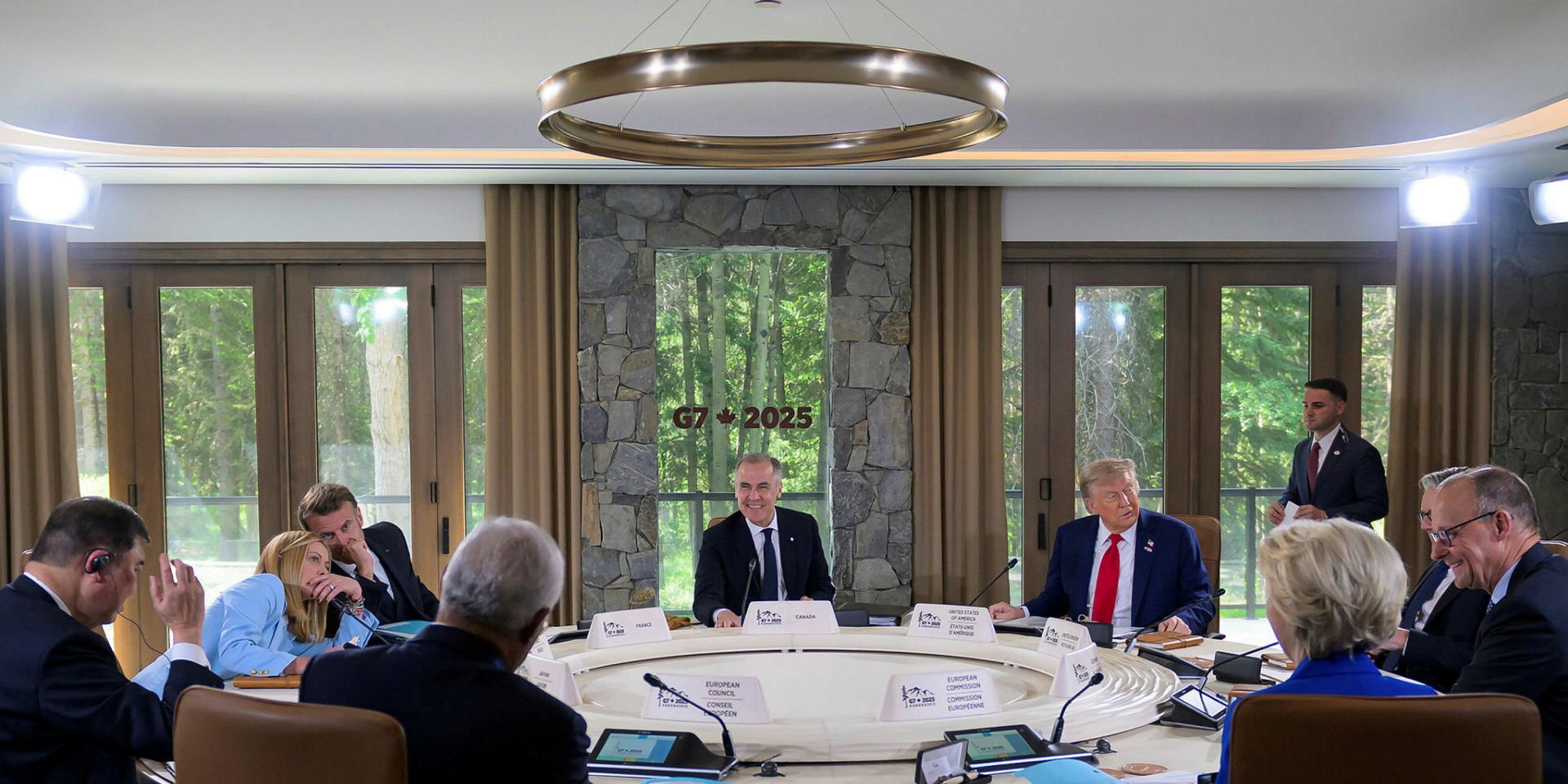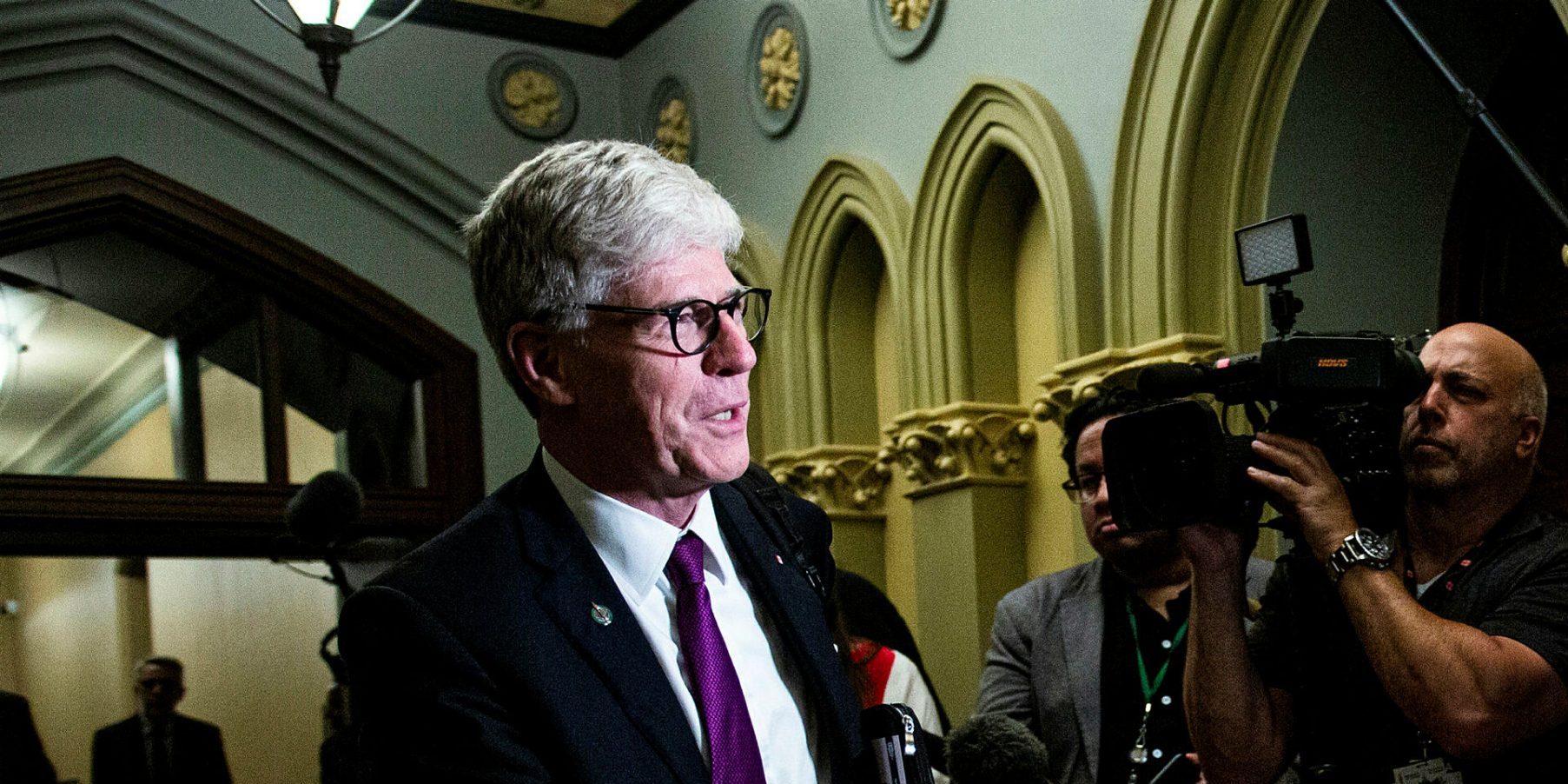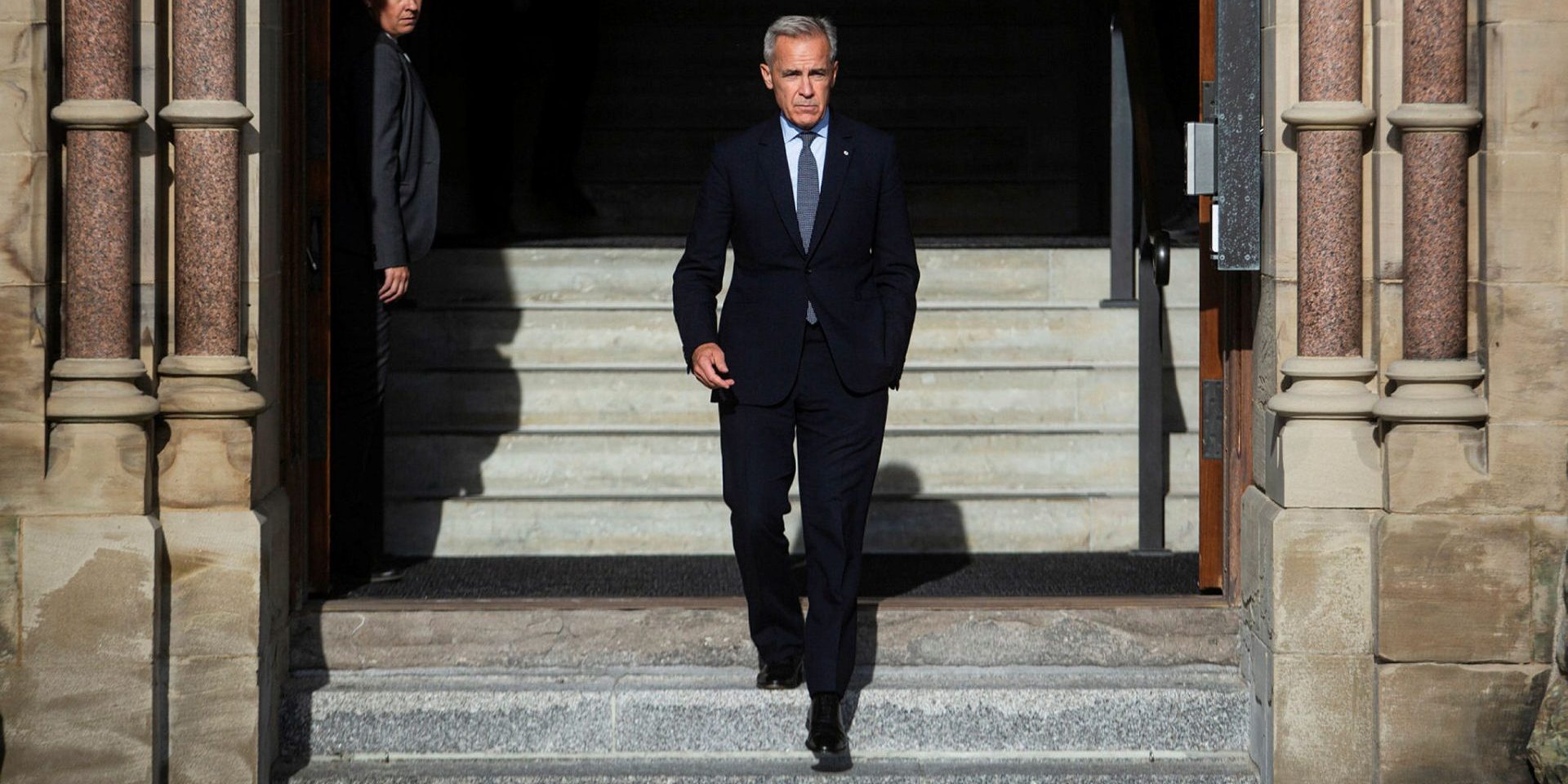Carney’s riding high right now, but his real tests are yet to come

TORONTO—Prime Minister Mark Carney, with the G7 summit behind him, appears to have won recognition from Canadians that he is the right person for the job. Whether he eventually delivers rather than disappoints remains to be seen. But even my favourite Canadian Substack, The Line, which brings a refreshingly cheeky and irreverent approach to political reporting, appears smitten for now.
As The Line’s Jen Gerson wrote, in our dealings with the Americans, we do have leverage “and for the first time in many years, I am starting to suspect we might have a prime minister who both recognizes this and knows how to use it.” And watching Carney deal with the many leaders attending the G7 summit, “the whole display was polished, and for once, I felt no cringe in my heart when watching a Canadian Prime Minister bob and weave through a tricky scenario.”
But while Carney ran the meetings well, held important side meetings with many foreign leaders, reached some important agreements, and even the meeting with United States President Donald Trump went reasonably well (all things considered), what matters most for Canadians is what this means for our economy—and how this aligns with Carney’s own pledge to make this country’s economy the strongest in the G7.
Getting artificial intelligence and quantum computing on to the G7 agenda was one of the most important outcomes of the summit. But the key questions are followup and implementation. Potentially, AI and quantum computing matter much more to our future than building more pipelines. But getting there will take much commitment, and much support for the Canadian companies that can occupy this space successfully.
With the G7 presidency, Carney announced, Canada is launching the G7 GovAI Grand Challenge, and will host a number of “rapid solution labs” to “develop innovative and scalable solutions to the barriers we face in adopting AI in the public sector.” Carney is a big believer in AI’s capacity to significantly improve the delivery of public services and the overall productivity of government operations.
What is important here is that we use home-grown AI services where we can in order to help them develop their capacities and scale them to global ranks. We want AI data centres that are here to build businesses by solving problems, not attracting Big Tech data centres simply for secure access to electricity and no Canadian value added.
Prior to the G7 summit, Carney met with British Prime Minister Keir Starmer in Ottawa where the two agreed that Canadian AI firm Cohere would not only build AI data centers in this country, but also expand its British presence to support the delivery of the United Kingdom’s AI Opportunities Action Plan. They also agreed to strengthen collaboration on AI safety and security with the Canadian AI Safety Institute and the U.K.’s AI Security Institute. They also agreed to support industrial R&D projects to boost strengths in semiconductors, photonics, emerging materials, and chip design.
Last week’s summit highlighted plans for quantum computing—which includes computing, m-sensing and communications—as well, with a G7 Joint Working Group on Quantum Technologies. Advances in quantum computing, the G7 communiqué said, “mean that these technologies are now poised to create economic and social benefits in sectors such as finance, communication, transport, energy, health and agriculture, addressing global challenges.”
During their earlier meeting in Ottawa, Carney and Starmer agreed that Canada and the U.K. would work together to develop secure transatlantic communications based on quantum technologies, and lay the foundation for a global next-generation network with key applications for the financial and telecom sectors. Canada’s leading quantum company, Xanadu, is currently planning construction a massive quantum data centre in the Toronto region whose purpose is to help companies and governments solve problems using quantum technologies. Its longer-term plan is to build similar centres in this country or elsewhere—places where the power of quantum can be used to solve problems currently too difficult to solve.
These and other areas of technology—in aerospace and defence, biosciences, agri-food, clean energy and new materials—are other examples of scientific and technological opportunity. Carney has created the expectation that he will deliver a new Canadian economy, one equipped for the coming decades of the 21stcentury. This will require many changes here at home—we need, for example, a financial system that looks beyond pipelines and fossil-fuel projects to one that can provide the patient, long-term capital to build the industries of the future. We lack that today. And we have yet to see whether the Carney government is able and ready to provide needed leadership.
This also means commitment to society’s urgent needs despite intense lobbying to block or delay action —no backtracking. What was most alarming about the G7 summit was that the growing threat of climate change was not mentioned in any of the agreements—not even one addressing large-scale forest fires, nor in Carney’s windup statement as G7 chair.
Yet even as the Kananaskis summit ended, the OECD issued a dire report warning that, with climate change, 40 per cent of the world’s land areas now faced frequent and severe droughts. “Droughts are becoming more frequent, prolonged and severe,” the report said, “with climate change threatening water security and placing growing pressure on people, ecosystems and economies. From reduced crop yields and strained power supply and river trade to degraded landscapes and disrupted livelihoods, the impacts of drought are on the rise—and so are their costs.”
Carney is riding high right now in public opinion polls. But his real tests are yet to come. Sometime in the next few months—and the next budget is a crucial test—Canadians will need clear evidence that there is a strategy to deliver real change and the political stamina to withstand a process that will also be highly disruptive. Real change is Carney’s opportunity—and we should hope will be his legacy. But we need better signs he has a plan and commitment.
David Crane can be reached at crane@interlog.com.
The Hill Times






 LICENSING
LICENSING PODCAST
PODCAST ALERTS
ALERTS


